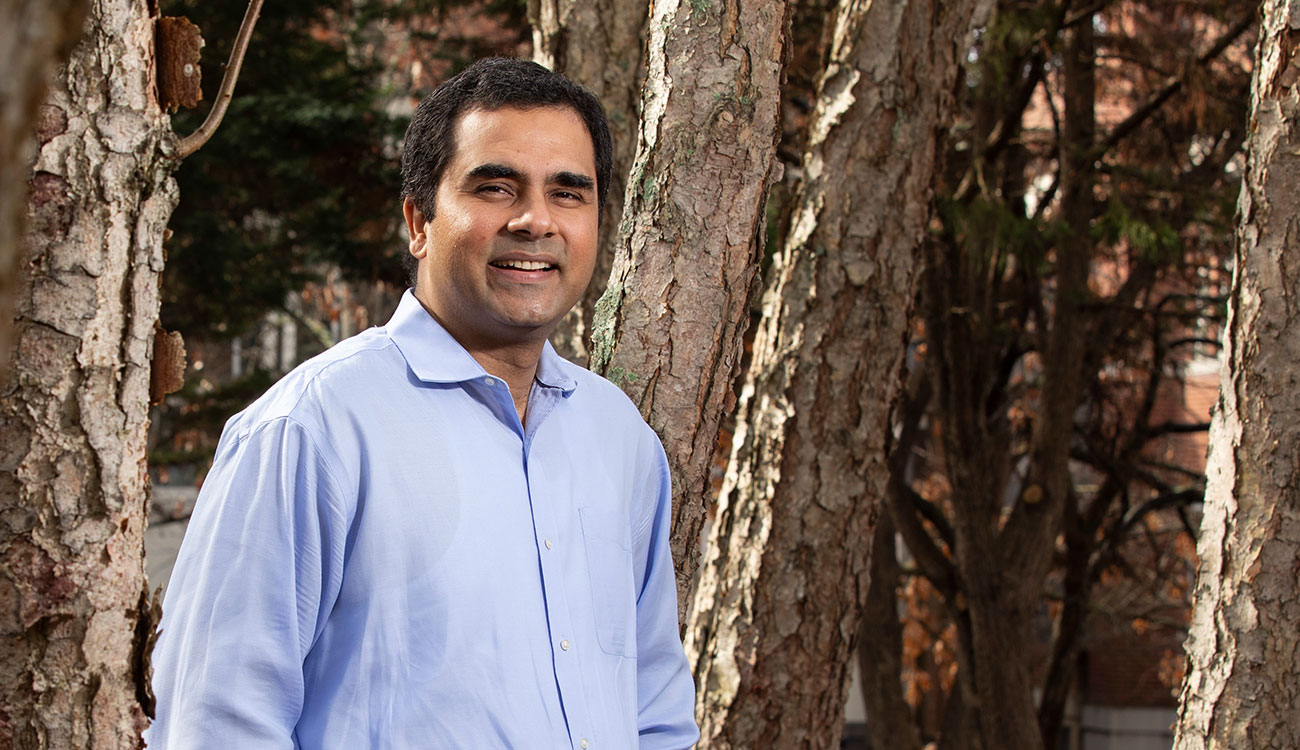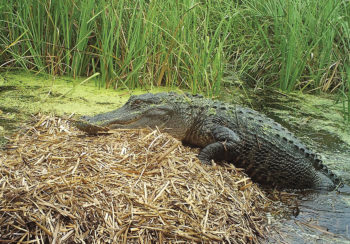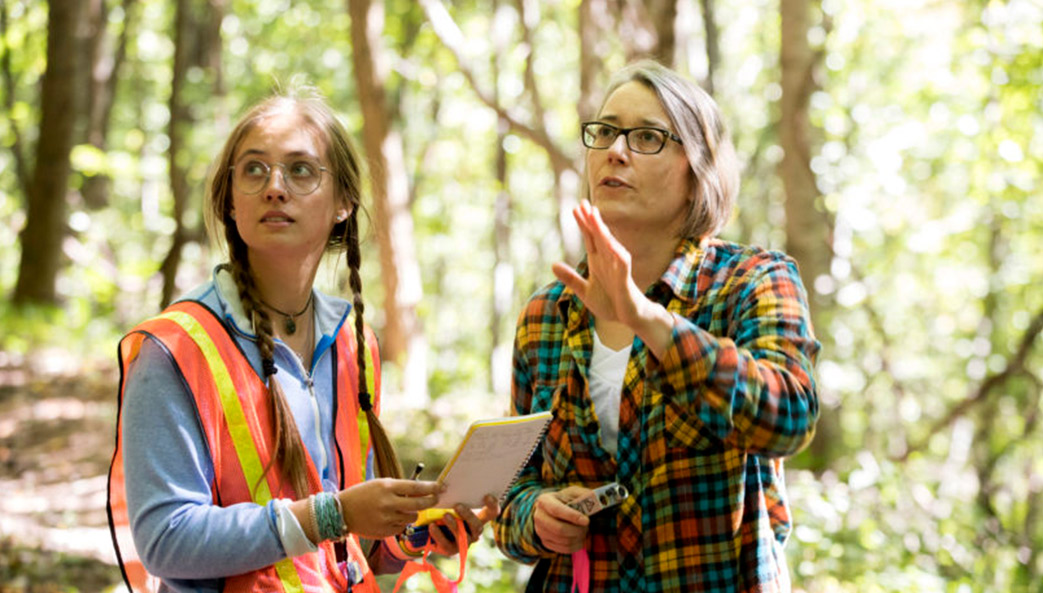Puneet Dwivedi is an associate professor of forest sustainability in the Warnell School of Forestry and Natural Resources. In 2020 he received a UGA Creative Research Medal for studying heirs’ property and its impacts on sustainable forest management among African American forest landowners in the southern United States. Dwivedi and his collaborators have built partnerships with state and federal agencies, nonprofit organizations, and other universities for enhancing the resilience of the forestry sector in light of current challenges and future opportunities.
What are the most significant issues facing the forestry industry in Georgia today?
The first challenge is climate. There are still several unknowns when it comes to the impact of a changing climate on Georgia’s diverse forest ecosystems. For example, significant efforts are needed to define the impact of changing climate on the biodiversity found in Georgia. Additionally, we have to better understand how forest management strategies should co-evolve to avoid forest fires and health issues. This is critical, as forestlands cover almost two-thirds of the total land in the state, and any potential loss of them would affect Georgia’s social and cultural fabric.
Furthermore, we have to craft suitable policies to enhance the role of Georgia’s forestlands in mitigating climate change. Georgia’s forestlands currently sequester about 25% of the state’s total annual carbon emissions. However, they have significant potential to make Georgia a carbon-neutral state through afforestation [the conversion of bare/cultivated land into the forest] and the management of existing forestlands.
What other problems are you seeing?
Nationwide, 36% of the total forestland is owned by about 10.7 million family forest landowners. On average, they provide 60% of the total wood harvested in the country. These percentages increase to about 65% and 70% in the southern United States, respectively. These landowners supply a majority of harvested wood for making the finished wood products that we consume in our daily life. However, consumers are asking for sustainable wood products to ensure their consumption is not causing deforestation, biodiversity loss, soil erosion, or impairing water quality along with several other environmental and social considerations. Forest certification guarantees the consumer that the wood was sourced from a sustainably managed forest. However, for a typical family forest landowner, certifying forestlands is costly.
Innovative ways are needed for certifying family forestlands so that these landowners could also get a premium on the harvested wood. This will ensure rural prosperity and maintain the flow of vital ecosystem services—for example, clean air and water, and recreation, all of which are vital for sustaining the quality of life. This will also keep forestlands as forestlands, especially in the light of high urbanization in Georgia.
How else is the market changing?
The building sector alone contributes about 30% of total carbon emissions at the national level. Therefore, a new market of mass timber buildings is emerging where tall buildings could be made out of wood instead of using traditional construction materials like concrete and steel. These mass timber buildings provide several advantages over traditional buildings. First, if planned correctly, the construction cost of such buildings is relatively lower. Second, these buildings have a lower carbon footprint. Third, buildings made out of mass timber products would store significant carbon over a longer time. Finally, the demand for wood for constructing mass timber buildings will increase roundwood’s prices, thereby putting more money into the pockets of forest landowners. It will also bring more land under forest cover, which will further increase the flow of ecosystem services.
What does the future look like for family forest landowners?
Right now, there is a significant interest from Fortune 500 companies to be carbon neutral, so this provides a good market for carbon sequestration on forestlands. A lot of companies are already facilitating forest carbon transactions. I am very optimistic about the future of this market. I am also hopeful that a similar market will appear for water quality. This is especially true as I keep getting queries from different nonprofits, associations and utilities about the role of sustainable forest management in ensuring water quality and prioritizing forestland parcels for efficiently utilizing resources toward maintaining and improving water quality.
Three other things come into mind, especially in the context of family forest landowners and their forestlands in Georgia. First, slowly and surely, female forestland ownership is growing across the country due to demographic changes. It is critical to engage female forest landowners to ensure the sustainability of forestlands in the future. Second, we need to connect youth to sustainable forestry using innovative educational and extension tools for successful intergenerational forestland transfer. This will become more important, as the average age of a typical forest landowner is about 65 years. Future generations are not much interested in managing forestlands while living in urban areas. Finally, we need to promote minority and underserved communities’ participation in sustainable forestry for making our community more equitable and inclusive.






